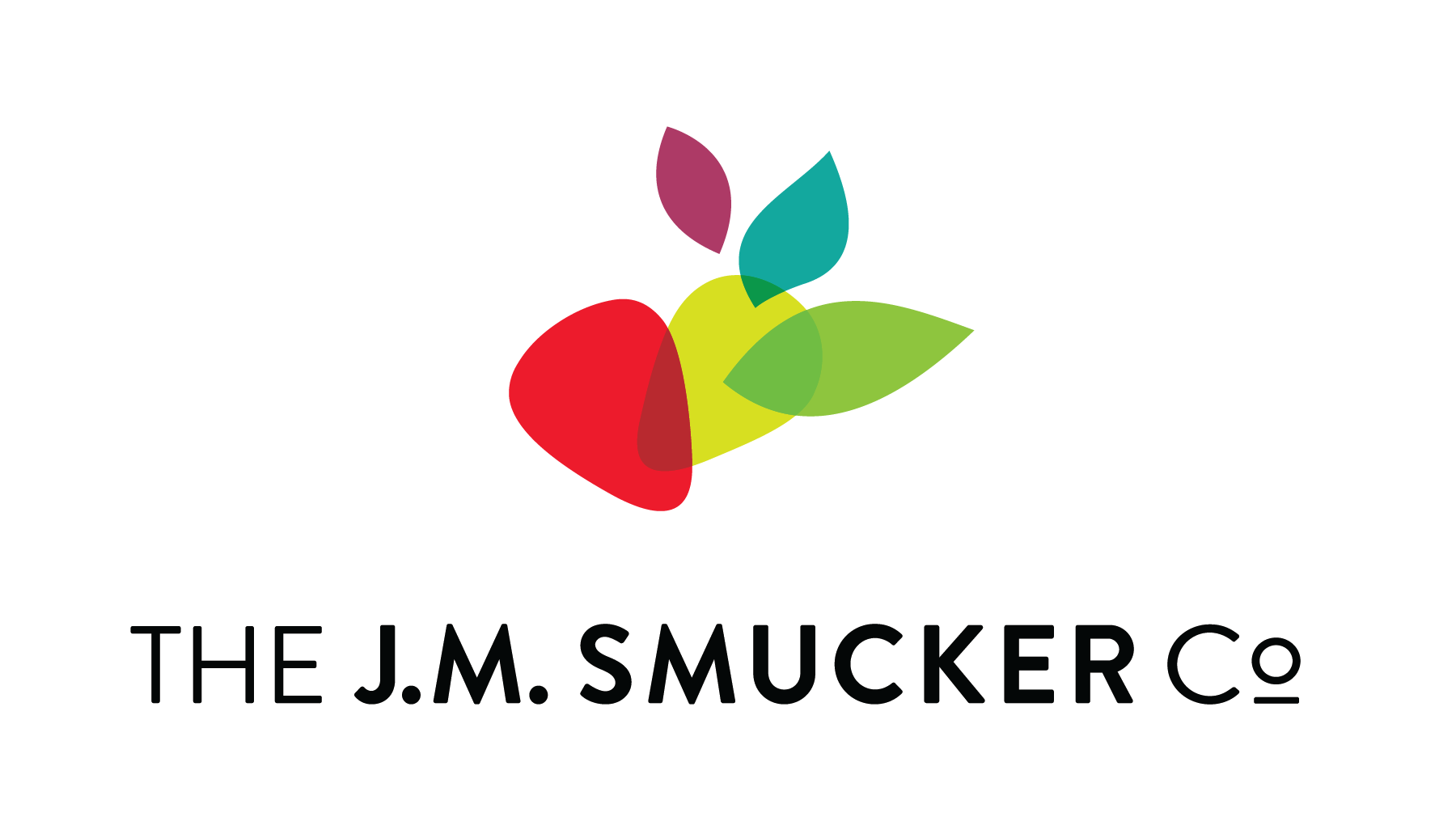A Key Step in Our Journey to Supporting a Healthier Planet: Exceeding Our 2020 Environmental Impact Goals
August 23, 2021
In July 2021, our Company proudly announced we exceeded our 2020 environmental impact goals.
The goals, which centered around greenhouse-gas-emissions (GHG) intensity, water-use-intensity and waste-to-landfill diversion, reflect our commitment to supporting a healthier planet for future generations as part of our Thriving Together philosophy.
We know our work is not done, and we look forward to the announcement of our new set of environmental impact goals in our upcoming 2021 Corporate Impact Report. However, just as the team has taken a look back at our progress to date to help shape these new goals, we believe it is important that we reflect on the hard work of our employees and partners that allowed us to surpass our goals and how these achievements have inspired a culture of sustainability at Smucker.
We connected with Rebecca Ott, Director, Sustainability, to get her thoughts on exceeding our 2020 environmental impact goals, the work that went into surpassing them and how these results helped us shape our next series of goals.

What was the driving factor in establishing the 2020 Environmental Impact Goals?
Responsible stewardship of the environment has always been a key value of our Company. And, as a major food manufacturer, we realize we have an opportunity to make meaningful impact in supporting a healthier planet. As we considered our sustainability strategy, we realized that having actionable goals would be an important way to engage our employees and hold ourselves accountable to delivering results.
Since 2006, a cross-functional Sustainability Task Force has worked to establish environmental goals. With our previous 2009 to 2014 goals, we fell short in meeting our GHG emissions intensity reduction goal. As we looked to build from the water and waste progress at the time, we saw opportunities to re-engage on emissions and to use a new set of goals as a way to further integrate sustainability into business decisions. The 2020 environmental impact goals represented the confluence of these ideas.
Looking back, what are you most proud of now that we’ve met and surpassed each goal?
For one, we are extremely proud that we surpassed our GHG emissions intensity goal by such a wide margin, with a reduction of 26.1% as compared to our stated 10% goal. This was driven by our long-term renewable energy commitment to Plum Creek wind farm for 60 megawatts (MW) of the utility-scale 230 MW project. We were excited to partner with Ørsted to make this project happen and were galvanized by strong support from our internal leadership.
More broadly, I’m proud of the way our employees across the country, especially at our manufacturing locations, rose to the occasion and adopted a sustainability mindset. As an example, Project Evergreen reinforced our focus on employee engagement and empowering our people to help us deliver on our sustainability objectives. This is just one example of the passion and ingenuity that we saw across the organization as employees identified and implemented innovative solutions to support our goals.
What were some lessons learned throughout this process?
One of the biggest hurdles we overcame since these goals were introduced in 2014 was the challenge of merging all our data and metrics, which had previously been stored in complicated databases which required labor-intensive maintenance, into a cloud-based platform that now allows us to quickly update our progress in a more efficient way. The new system also provides greater access to insights and improved accuracy.
Separately, we’ve learned how important it is to regularly touch base with our stakeholders to ensure consistent momentum and remind them that they have our constant support. We’re inspired by the way our employees embraced these sustainability-focused initiatives as part of their work, holding each other accountable and working as a team to achieve them.
Have you noticed a difference in how environmental sustainability is viewed at the Company since the inception of these goals?
Without a doubt! Over the years we’ve seen sustainability-focused practices expand across the business.
This starts with our leadership team, which has established accountability and created an environment where sustainability is a critical consideration. In addition to focused efforts by our operations teams, environmental sustainability has become a key factor in many areas across our Company. From our talent acquisition team, which recognizes the importance that candidates put on company’s commitment to sustainability and, likewise, seek professionals who will help support our objectives; to our research and development groups, which consider how innovations will impact our sustainability aims; to our communications and investor relations teams, which share our successes broadly with our constituents to ensure all stakeholders realize the commitment we have to environmental sustainability.
How has the work we’ve done to achieve these goals helped shape our new goals?
While we’re immensely proud of this achievement, it is vitally important that we not rest on our laurels – we must continue to identify and deliver on new projects that align with our Thriving Together philosophy to ensure we are driving necessary change.
Importantly, these goals have helped us realize we must continue to find ways to influence our entire value chain, not just the activities going on inside our own four walls. Collaboration was critical in our ability to exceed our 2020 environmental impact goals, and we recognize that the future requires even greater engagement.
While we understand we won’t always have a perfectly defined roadmap, we must be comfortable setting ambitious goals, knowing we can achieve them through our creativity, innovation and the passion of our employees.
